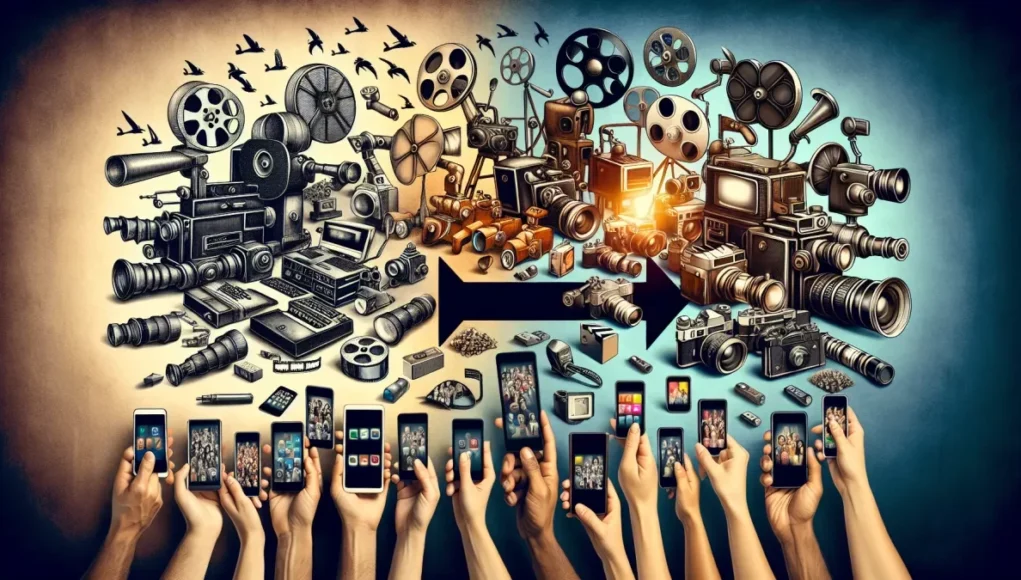The revolution in mobile technology is drastically changing our world and few sectors have seen such transformation as content creation. From major studios to independent smartphone owners, we are surrounded by innovative methods to create and share audio, video, and written content. Apps for writing, photography, and video making are not only making content creation more democratized but also offering an ease and combination that we had never imagined before.
Mobile technology has improved so much that today, top-tier smartphones have comparable processing power to some laptops. Apple, for instance, pitches its iPad Pro as a replacement for laptops, and with the increasing number of mobile applications that offer desktop-class features, we’re beginning to see why. The advancement in smartphone cameras has also brought photorealism to mobile photography and videography, minimizing the need for professional gear in traditional studios.
Several popular mobile apps are revolutionizing content creation. Adobe, known for its powerful PC software, now has mobile apps such as Adobe Premiere Rush, a simplified version of Premiere Pro, and Adobe Photoshop Express, which provides core functions of the desktop Photoshop. These apps allow content creators to edit videos and photos on the go right from their smartphones.
Moreover, third-party applications such as Canva and Unfold are gaining fame for the wide range of templates they offer for social media posts and stories. They cater to the need for high-quality, aesthetically pleasing content for social media influencers and casual users alike.
On the audio front, Anchor has transformed the podcast industry by providing a platform that merges recording, editing, and distribution under one roof. Even though it doesn’t offer advanced features like Audacity or Adobe Audition, Anchor’s accessibility and user-friendliness make it the go-to choice for many budding podcasters.
However, the role of mobile technology in content creation isn’t just limited to creating media. Mobile-based project management tools such as Trello and Asana help content creators stay organized while Slack and Discord provide platforms for team communication.
Social media itself, powered by mobile technology, has escalated the creation and sharing of content. Applications like TikTok, Instagram, and YouTube have altered the definition of ‘content creator’. With features such as Instagram Reels and TikTok Duets, these platforms not only enable content creation but also foster collaboration and interaction among users.
The advent of 5G is also expected to revolutionize the technological landscape, including content creation. With faster data speeds and lower latency, 5G will make cloud-based editing more practical, enabling creators to edit high-resolution videos directly from a cloud server onto their smartphones or tablets.
Nonetheless, it isn’t all sunshines and rainbows. Some criticisms arise with this digital democratization. The ease of creation and distribution often leads to a dilution of quality with algorithms dictating trends over unique, creative content. Issues around copyright infringement and piracy also come to the forefront.
Despite these challenges, there’s no denying that mobile technology has transformed content creation, making it more accessible and versatile than ever. Innovative apps and improved hardware, combined with the imminent 5G revolution, hint towards an even more exciting future for the world of content creation.
Sources:
1. Adobe.com
2. Apple.com
3. Canva.com
4. Unfold.com
5. Anchor.fm
6. Trello.com
7. Asana.com
8. Slack.com
9. Discord.com
10. TikTok.com
11. Instagram.com
12. YouTube.com
13. Verdict.co.uk
14. The Guardian
15. Forbes






